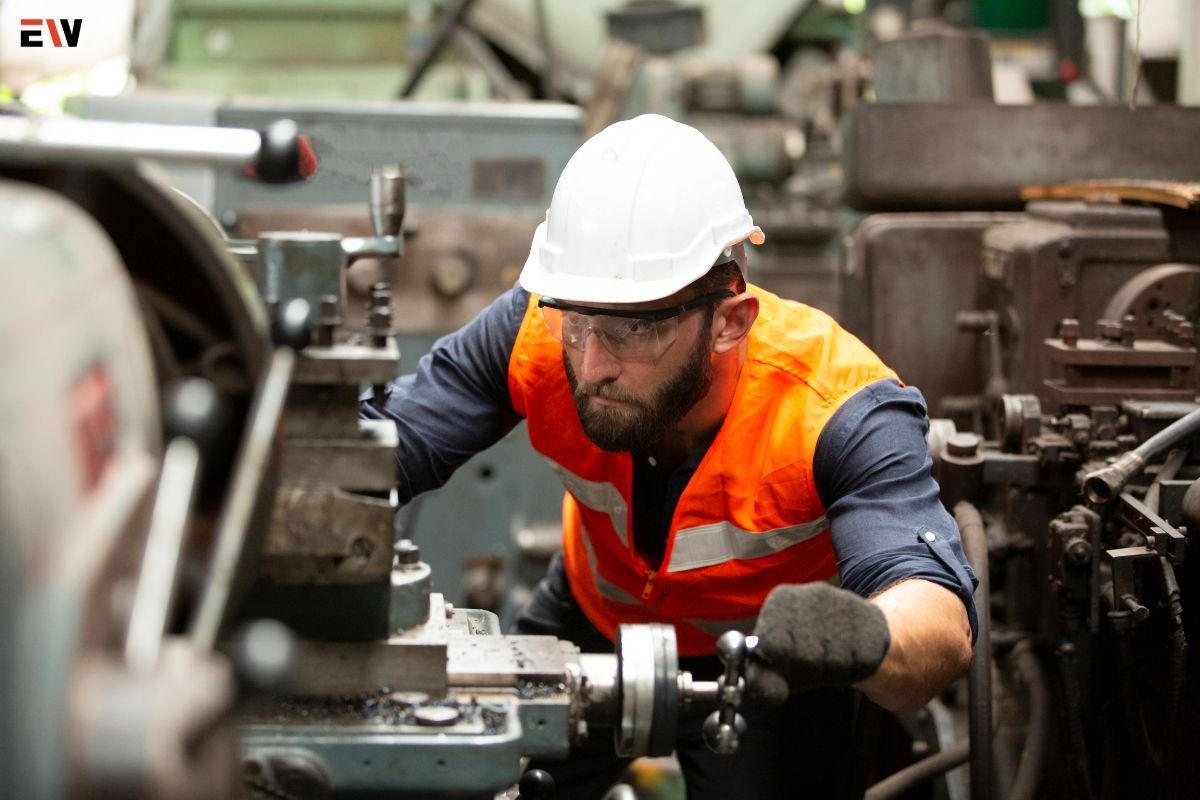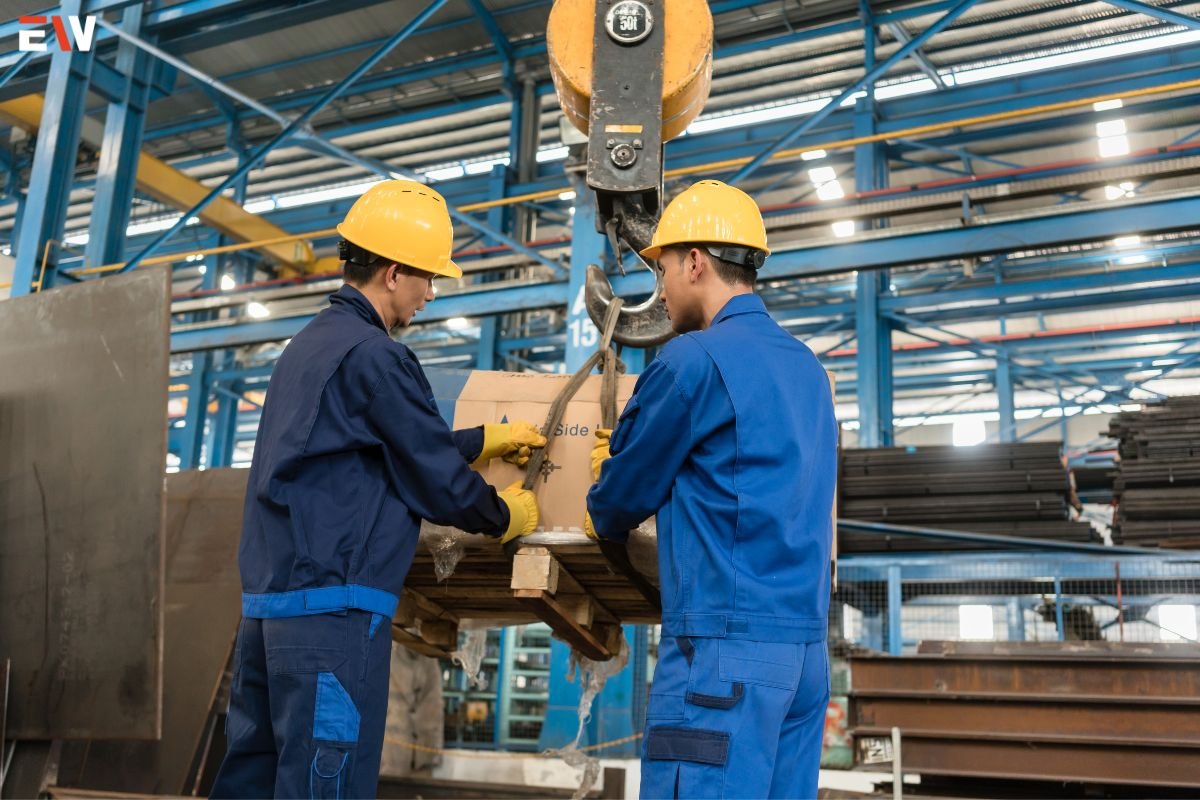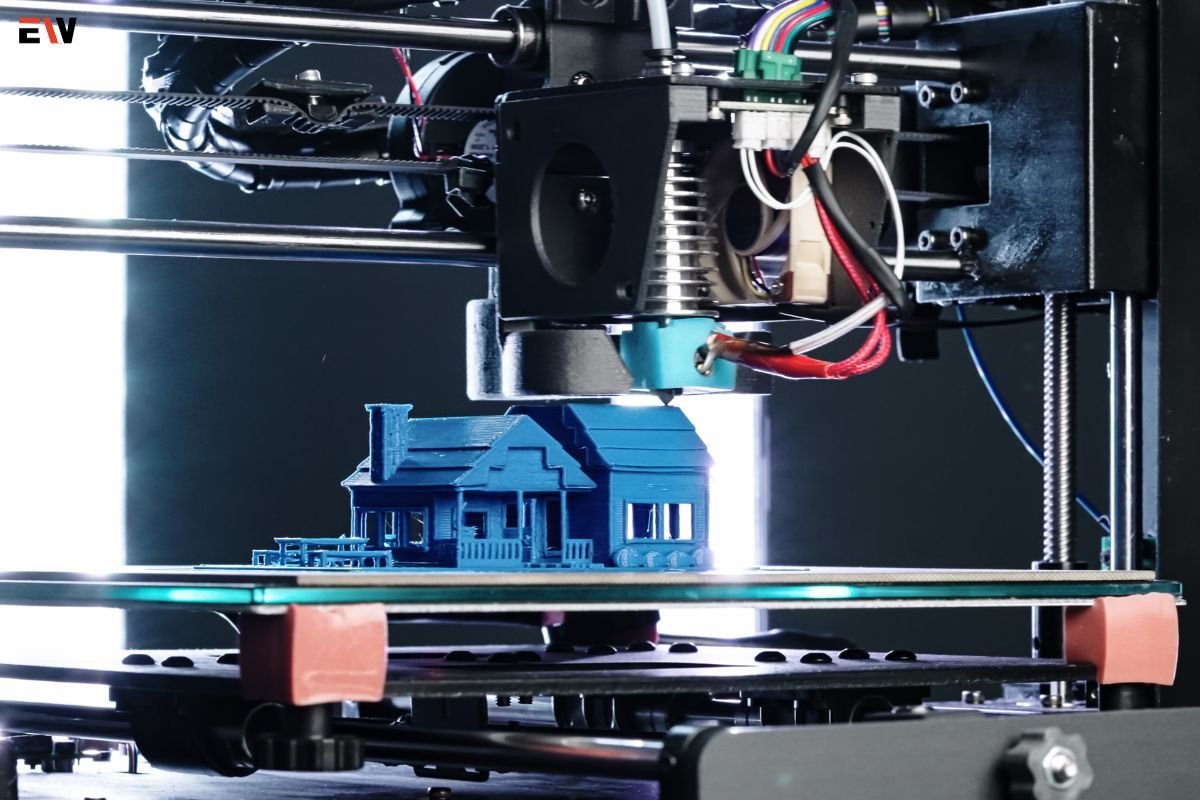In the age of Industry 4.0, where automation, connectivity, and data-driven decision-making reign supreme, the role of 5G in manufacturing cannot be overstated. This fifth-generation wireless technology is not just about faster download speeds on our smartphones; it’s a transformative force that is reshaping the landscape of manufacturing, ushering in an era of unprecedented efficiency, productivity, and innovation.
In this article, we will delve into the evolution of 5G in manufacturing and how it is enabling Industry 4.0.
The Foundation: What is 5G?
Before delving into its role in manufacturing, it’s essential to understand what 5G is and what sets it apart from its predecessors. 5G, or the fifth generation of wireless technology, is a leap forward from 4G (LTE). While 4G primarily focused on providing high-speed internet to smartphones, 5G expands its horizons, aiming to connect everything. It promises significantly faster data transmission rates, reduced latency, and the capacity to connect a vast number of devices simultaneously.
The Marriage of 5G and Manufacturing
The manufacturing sector, which forms the backbone of global economies, has always been quick to adopt transformative technologies. The advent of 5G has provided manufacturers with a toolset that promises to revolutionize their operations. Let’s explore how 5G is driving the transformation of manufacturing:
1. Ultra-Reliable Low Latency Communication (URLLC):

One of the most critical features of 5G for manufacturing is URLLC. This technology provides ultra-low latency, which means data can be transmitted almost instantaneously. In a manufacturing environment where machines and robots need to communicate and respond in real-time, this is a game-changer. For instance, in a smart factory, a robot can receive real-time updates and instructions, leading to better coordination, increased efficiency, and a reduction in errors.
2. Massive Machine-Type Communication (mMTC):
5G’s mMTC capabilities enable the connection of a massive number of devices and sensors simultaneously. In a manufacturing setup, this translates to the ability to gather a wealth of data from various sources. Sensors on machines can send data on performance and maintenance needs, while inventory systems can provide real-time information about stock levels. This data can be processed in real-time, facilitating predictive maintenance, optimizing logistics, and reducing downtime.
3. Enhanced Mobile Broadband (eMBB):
5G also provides significantly faster download and upload speeds compared to 4G. This is vital in a manufacturing environment where large files, such as CAD drawings or high-resolution videos for training and maintenance, need to be transmitted quickly. Faster data transfer ensures that engineers and technicians have access to the information they need when they need it, reducing delays and improving decision-making.
4. Edge Computing:
5G enables edge computing, bringing computing power closer to the data source. In manufacturing, this means that data processing can occur at the edge of the network, reducing the need to send data to a distant data center for analysis. This near-instantaneous processing of data is critical for applications like quality control, where defects can be identified and addressed in real-time, preventing costly production errors.
Use Cases in Manufacturing:

Now that we understand how 5G benefits manufacturing, let’s explore some practical use cases:
1. Smart Factories:
5G transforms traditional factories into smart factories. These facilities are equipped with IoT sensors, robotics, and AI-driven systems, all interconnected through 5G networks. This connectivity enables real-time monitoring and control of manufacturing processes, predictive maintenance, and the efficient allocation of resources.
2. Augmented Reality (AR) and Virtual Reality (VR):
AR and VR technologies are gaining traction in manufacturing, especially in training, maintenance, and product design. 5G’s low latency and high-speed connectivity make these technologies more accessible and effective. Technicians can receive AR-guided instructions for complex assembly tasks, and engineers can collaborate in VR environments for product design and prototyping.
3. Remote Monitoring and Diagnostics:
Manufacturers can remotely monitor and diagnose equipment and machinery using 5G. Through real-time data streaming, experts can assess the health of machines and provide troubleshooting guidance without the need for on-site visits. This not only reduces downtime but also cuts costs associated with maintenance.
4. Supply Chain Optimization:
5G extends its influence beyond the factory floor into the supply chain. The real-time data capabilities of 5G allow for better tracking of shipments, inventory management, and demand forecasting. This, in turn, leads to leaner, more efficient supply chains with reduced waste.
Challenges and Considerations:
While 5G holds immense promise for manufacturing, it also comes with its share of challenges and considerations:
1. Security:
As more devices and systems become interconnected, the security of data and networks becomes paramount. Manufacturers must invest in robust cybersecurity measures to protect their operations from cyber threats.
2. Cost:
Implementing 5G networks and integrating IoT devices can be costly, particularly for small and medium-sized manufacturers. Careful planning and consideration of return on investment (ROI) are essential.
3. Skill Gap:
To fully leverage 5G technology, manufacturers need a skilled workforce capable of managing and maintaining these complex systems. Investing in employee training is crucial.
4. Regulatory and Spectrum Challenges:
The rollout of 5G in manufacturing is subject to regulatory approvals and availability of the necessary spectrum. Manufacturers must stay informed about regulations in their region and work with service providers to ensure compliance.
The Future of 5G in Manufacturing

As we move further into the Industry 4.0 era, the role of 5G in manufacturing will continue to expand. The convergence of technologies such as IoT, AI, AR/VR, and 5G will drive unprecedented levels of automation, efficiency, and innovation. Smart factories will become the norm, and the concept of “lights-out manufacturing,” where production runs 24/7 with minimal human intervention, will become a reality.
Manufacturers who embrace 5G today will gain a competitive edge by reducing costs, improving product quality, and responding swiftly to market changes. The evolution of 5G in manufacturing is not just a technological advancement; it’s a strategic imperative for businesses looking to thrive in the increasingly digital and connected world of Industry 4.0.









